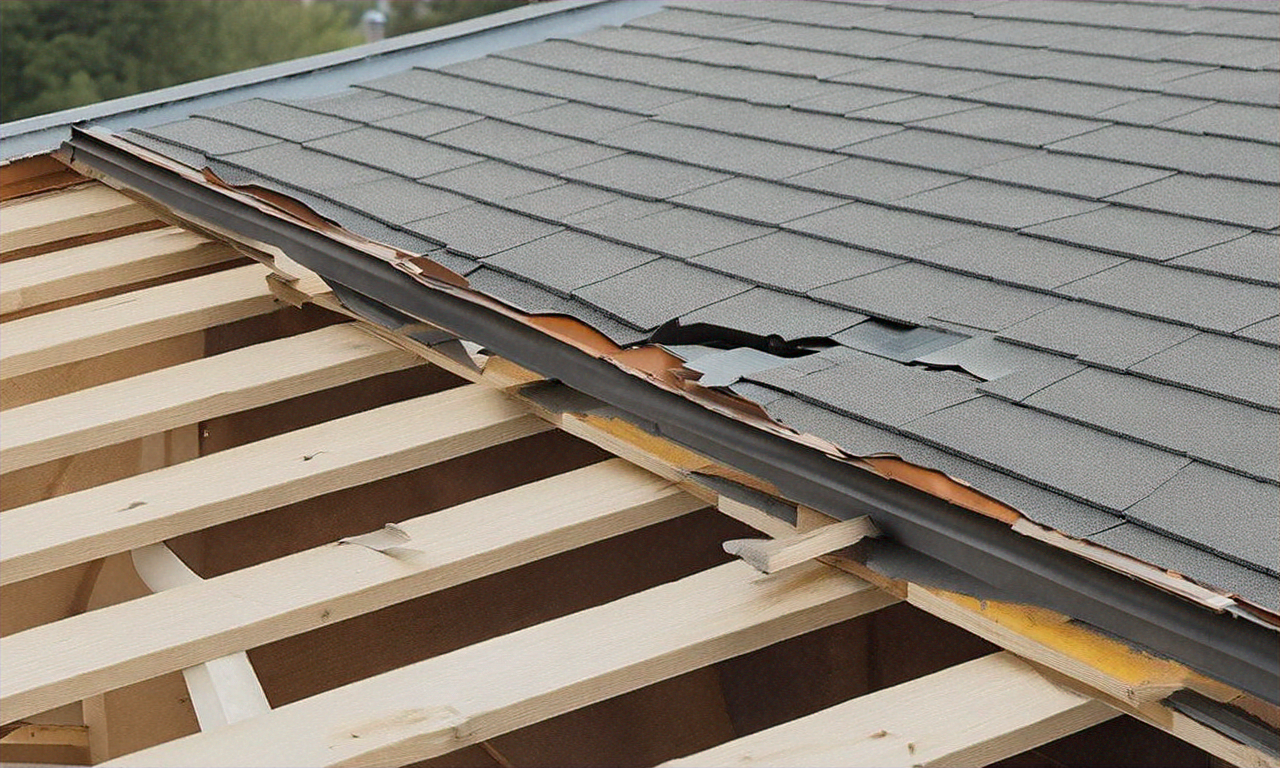Understanding Residential Roofing Services: Maintenance, Repairs, and Selection
Roofing services encompass a range of professional offerings designed to protect one of your home's most critical structural elements. From routine inspections to complete roof replacements, these services help maintain your property's integrity, value, and safety. Understanding when to schedule inspections, recognizing warning signs of damage, knowing typical lifespans, and making informed decisions about contractors can save homeowners significant time, stress, and money. This guide explores essential aspects of roofing services to help you make educated decisions about your home's overhead protection.

How Often Should You Have Your Roof Inspected?
Regular roof inspections are crucial for identifying potential problems before they become costly repairs. Most roofing experts recommend scheduling professional inspections once or twice per year, typically in spring and fall. These seasonal checkpoints allow contractors to spot damage that may have occurred during harsh winter conditions or summer storms.
Additionally, your roof should be inspected after any significant weather event, such as hailstorms, high winds, or heavy snowfall. These extreme conditions can cause immediate damage that might not be visible from the ground but could lead to leaks or structural issues if left unchecked. Older roofs (those approaching or exceeding 15 years) benefit from more frequent inspections, potentially every quarter, as materials naturally deteriorate over time.
Many reputable roofing companies offer free or low-cost inspection services, making preventative maintenance an affordable investment compared to emergency repairs resulting from neglected problems.
What Are Common Signs That Your Roof Needs Repair?
Several visual indicators can alert homeowners to potential roofing issues. Interior signs include water stains on ceilings or walls, peeling paint, or dampness in the attic. These symptoms often point to water infiltration caused by compromised roofing materials.
Exterior warning signs are equally important to monitor. Curling, cracked, or missing shingles indicate material deterioration that could allow water penetration. Excessive granule loss (visible in gutters) from asphalt shingles suggests advanced wear. Sagging areas on the roof surface may point to structural problems or water damage to the decking beneath the shingles.
Other concerning signs include moss or algae growth (which can trap moisture against roofing materials), damaged flashing around chimneys or vents, and visible daylight through roof boards when inspecting from the attic. Unexplained increases in energy bills might also indicate that your roof’s insulation capacity has been compromised.
Addressing these issues promptly can prevent more extensive damage to both the roof system and your home’s interior components.
How Long Does a Typical Roof Last?
Roof longevity varies significantly depending on materials, installation quality, maintenance practices, and local climate conditions. Asphalt shingles, the most common residential roofing material in America, typically last between 15-30 years, with architectural or premium shingles reaching the upper end of that range.
More durable materials offer extended lifespans: metal roofing (40-70 years), clay tiles (50+ years), slate (75-200 years), and concrete tiles (30-50 years). Wood shingles and shakes generally perform for 20-40 years when properly maintained.
Several factors can shorten these expected lifespans. Poor ventilation accelerates shingle deterioration by trapping heat and moisture. Improper installation, particularly with inadequate underlayment or flashing, creates vulnerable points for water entry. Extreme weather exposure, including UV radiation, temperature fluctuations, and storm impacts, gradually degrades roofing materials.
Regular maintenance practices—like keeping gutters clear, removing debris, addressing moss growth, and replacing damaged shingles promptly—can help homeowners maximize their roof’s functional lifespan.
What Factors Influence the Cost of Roofing Services?
Several key variables determine the final price of roofing projects. The size and complexity of your roof represent fundamental cost factors. Steep pitches, multiple levels, and architectural features like dormers or skylights require additional labor and materials, increasing overall expenses.
Material selection significantly affects pricing. Basic three-tab asphalt shingles represent the most economical option, while premium architectural shingles, metal panels, clay tiles, or slate command higher prices due to their durability and aesthetic qualities.
Labor costs vary regionally and according to contractor expertise. Experienced roofers with proper licensing, insurance, and warranties typically charge more than uninsured contractors, though this premium often represents a worthwhile investment in quality and reliability.
Additional cost considerations include:
-
Removal of existing materials (especially if multiple layers require disposal)
-
Structural repairs to damaged decking or supports
-
Ventilation improvements
-
Enhanced underlayment or ice-and-water shield installation
-
Extended warranty options
Prices, rates, or cost estimates mentioned in this article are based on the latest available information but may change over time. Independent research is advised before making financial decisions.
How Can You Choose a Reliable Roofing Contractor?
Selecting a qualified roofing contractor represents perhaps the most crucial decision in the roofing process. Begin by verifying basic business credentials: proper licensing for your state, comprehensive insurance coverage (both liability and workers’ compensation), and physical business location.
Experience matters significantly in roofing quality. Look for contractors with established local presence and specific experience with your desired roofing materials and project type. Reputable companies willingly provide reference lists from recent projects similar to yours.
Written proposals should include detailed specifications about materials, project scope, timelines, payment schedules, and warranty information. Be wary of contractors requesting full payment upfront or offering significantly lower estimates than competitors, as these may indicate potential reliability issues.
Third-party verification can provide additional confidence. Check contractor ratings with the Better Business Bureau, read online reviews across multiple platforms, and confirm manufacturer certifications (which indicate specialized training with specific roofing systems).
Clear communication throughout the estimation and planning process often predicts the contractor’s professionalism during actual project execution. Choose professionals who respond promptly, answer questions thoroughly, and demonstrate willingness to explain technical aspects of the roofing process.
By taking time to thoroughly evaluate potential contractors, homeowners can significantly increase their chances of receiving quality workmanship that protects their property for years to come.






